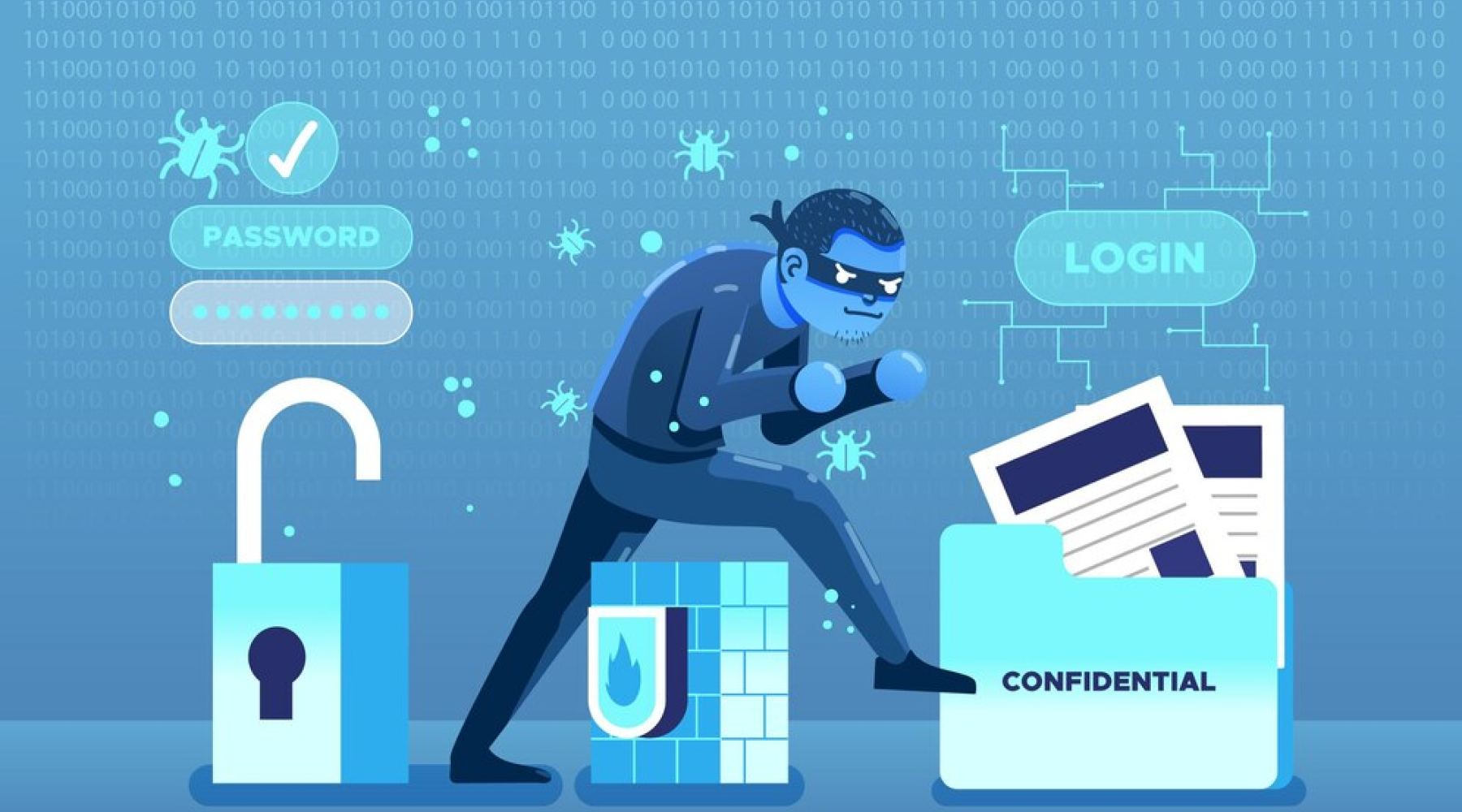In today’s hyperconnected world, businesses of all sizes face evolving cybersecurity threats that challenge the integrity of their networks. While antivirus software, firewalls, and intrusion detection systems are important for safeguarding digital assets, they don’t always guarantee immunity.
This is where a network security warranty comes into play by offering a safety net that provides financial and operational support when preventative measures fail.
But when exactly can you claim a network security warranty?
This blog explores the situations that qualify, the importance of these warranties, and how they fit into a comprehensive cybersecurity strategy.
What Is a Network Security Warranty?
A network security warranty is a service agreement provided by cybersecurity firms or insurers that covers financial losses and recovery costs stemming from specific cyber incidents.
Unlike insurance, which generally covers broader risks, a warranty typically applies to situations where a service or security product fails to perform as intended.
These warranties act as a second layer of protection, addressing gaps that traditional cybersecurity tools might not fully mitigate.
The Importance of a Network Security Warranty
In 2023 alone, 43% of cyberattacks targeted small businesses, many of which lacked the resources to recover effectively. A cyber security warranty offers businesses:
- Financial Security: Covers costs related to downtime, recovery, and legal liabilities.
- Peace of Mind: Assurance that businesses have a backup plan in the face of cyber incidents.
- Operational Continuity: Minimizes disruptions by enabling rapid recovery.
Situations Where a Network Security Warranty Can Be Claimed
While the specifics vary depending on the provider, common scenarios where a network security warranty may be claimed include:
Ransomware Attacks
Ransomware can paralyze operations by encrypting critical data, often demanding hefty payments for decryption. If a business suffers a ransomware attack due to the failure of a covered security product, the warranty may reimburse recovery costs, including:
- Ransom payments (where allowed by law).
- Data recovery expenses.
- Legal and compliance fees.
Example: A mid-sized healthcare provider’s network security software failed to block a ransomware intrusion. The network security warranty covered data recovery and patient notification costs, minimizing the financial impact.
Data Breaches
When sensitive data is exposed due to a vulnerability in the network, a warranty can cover costs related to:
- Forensic investigations.
- Customer notification.
- Credit monitoring for affected individuals.
- Legal expenses.
Example: A retail company’s point-of-sale system was breached despite having advanced security software in place. The warranty provider covered forensic analysis and customer outreach costs, helping the company rebuild trust.
Distributed Denial of Service (DDoS) Attacks
DDoS attacks overwhelm servers, causing prolonged downtime. A warranty might reimburse costs associated with mitigating the attack and restoring services.
Example: An e-commerce platform experienced a 24-hour outage due to a DDoS attack. The network security warranty helped offset lost revenue and provided resources for system restoration.
Software Vulnerabilities
If a cyberattack exploits a vulnerability in a software product covered by the warranty, claims may be filed to address the resulting damage.
Example: A financial institution suffered a breach due to a flaw in their network security software. The warranty covered patch development and system upgrades to prevent future occurrences.
Insider Threats
Network security warranties may also apply in cases where an employee’s actions—intentional or accidental—compromise the network, provided the incident involves a failure of covered security measures.
Example: An employee accidentally clicked a phishing link that bypassed security filters, leading to a malware infection. The warranty reimbursed the company for malware removal and employee training initiatives.
Compliance Violations
Some warranties include coverage for penalties or fines incurred due to non-compliance with data protection regulations like GDPR or HIPAA if the non-compliance is linked to a covered security failure.
How to Claim a Network Security Warranty
To successfully claim a network security warranty, businesses typically need to:
- Document the Incident
Provide detailed records of the breach or attack, including timelines, affected systems, and the suspected cause. - Engage with Forensic Experts
Most warranty providers require an investigation to confirm that the incident happened due to a failure of the covered product. - Provide Proof of Preventative Measures
Demonstrate that you adhered to the warranty’s terms, such as maintaining updated software and following prescribed security protocols. - Collaborate with the Provider
Work closely with the warranty provider to ensure swift resolution and reimbursement.
Choosing the Right Network Security Warranty
Not all warranties are created equal. When evaluating options, consider:
- Scope of Coverage: Ensure the warranty addresses common threats like ransomware, DDoS attacks, and data breaches.
- Financial Limits: Check maximum reimbursement amounts and exclusions.
- Provider Reputation: Choose a trusted provider with a track record of reliable claims processing.
The Role of Warranties in Modern Cybersecurity
A network security warranty should not replace robust cybersecurity practices but complement them. It serves as a critical fail-safe, ensuring businesses can recover quickly and effectively when preventative measures fall short.
Integrating Warranties with Cybersecurity Best Practices
- Implement multi-layered defenses, including firewalls, intrusion detection systems, and endpoint protection.
- Conduct regular risk assessments and penetration tests.
- Train employees to identify phishing attempts and follow security protocols.
Conclusion
As cyber threats continue to evolve, a network security warranty offers businesses the financial and operational assurance they need to navigate an increasingly complex threat landscape. Whether you’re protecting against ransomware, data breaches, or insider threats, these warranties ensure that you’re not alone in managing the aftermath of an attack.
By combining robust preventative measures with the safety net of a network security warranty, businesses can confidently face the future, knowing they’re prepared for whatever challenges come their way.
Also Read: What Role Do Network Security Warranties Play in Compliance with Data Protection Regulations?





